The professional world can be a hostile environment in which we will meet clients of all kinds. While creating a name and knowing how to promote ourselves is essential to be calm, when it comes to being a designer, there can always be differences between you and your client. That is why it becomes so necessary to have a graphic design contract that protects us from any problem.
Designer contracts are made so that both you and the client have clear terms of work so that both parties can claim their corresponding rights. This is also an important part of the payment.
Of course, a contract has many formalities, and not all of us have gone to law school just to write one. However, just because you are a designer does not mean that you should not know a little about the legal world. That is why, before entering any project regardless of its magnitude, you should have at hand a graphic design contract template that you can use for multiple situations.
Believe it or not, having this legal formality is even a benefit for your client, who will feel more confident in hiring you for having a well-written document with all the labor clauses at hand.
Those who are not sure about offering a good service will not want to use a contract, because they know that this is a double-edged sword. Therefore, if you plan to seriously engage in graphic design, you need one of these. If you want to make your own without having to study law, just follow these general lines.
Graphic design contract tips
Key points that cannot be missing

Every contract needs to cover certain aspects regardless of work. In this way, both you and your client will have everything they need to know in a paper. In the designer contracts, the following cannot be missing:
Brief project summary
It does not have to be something very complex, it will be enough to indicate what are you offering to the client. They may be the basic details that they had previously agreed.
If you want to be a little more specific, you can always add other information, such as the start date of the work, or if communications will be made by mail or phone.
The format in which the work will be delivered
Not everyone has the software or the means to view a file, so it is good that, before starting to design, make it clear how you can or will deliver the final design to the client. It is very unpleasant to finish a job and that the client cannot see it later because it is a format that he does not know.
When and how will you get paid
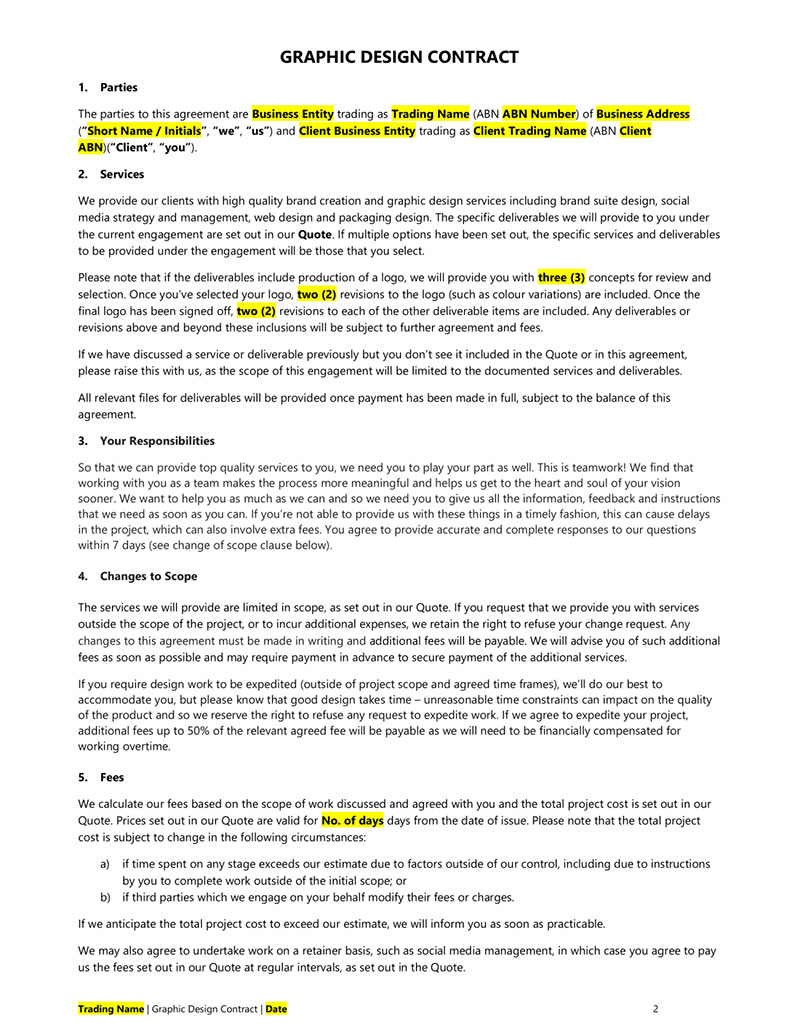
A graphic design contract cannot be ready if you do not specify how the client will make the payments for the work.
Remember to include in this section the project fee, the payment deadline, the payment methods (and if it will be by fee), and make it clear if you will have an additional fee in case the customer pays late.
Deadline
This is probably the most common cause of problems among designers and their clients. Not having a stipulated time to deliver can despair the client, who will feel in full right to make claims when something does not fulfill what it wants.
In this section, you cannot miss the dates on which you will deliver the project updates, as well as the time it will take you to make modifications if needed. Remember that, to make modifications, you need the client’s comments, so you must also stipulate a feedback period.
Place a termination clause
You never know what the future holds, so having a termination clause is always useful. This will work for both you and your client in case one of the two cannot (or does not want to) continue with the project.
Usually, most designer contracts simply stipulate that the client must pay for the work done to date, but you can modify this at your will.
Copyright Transfer
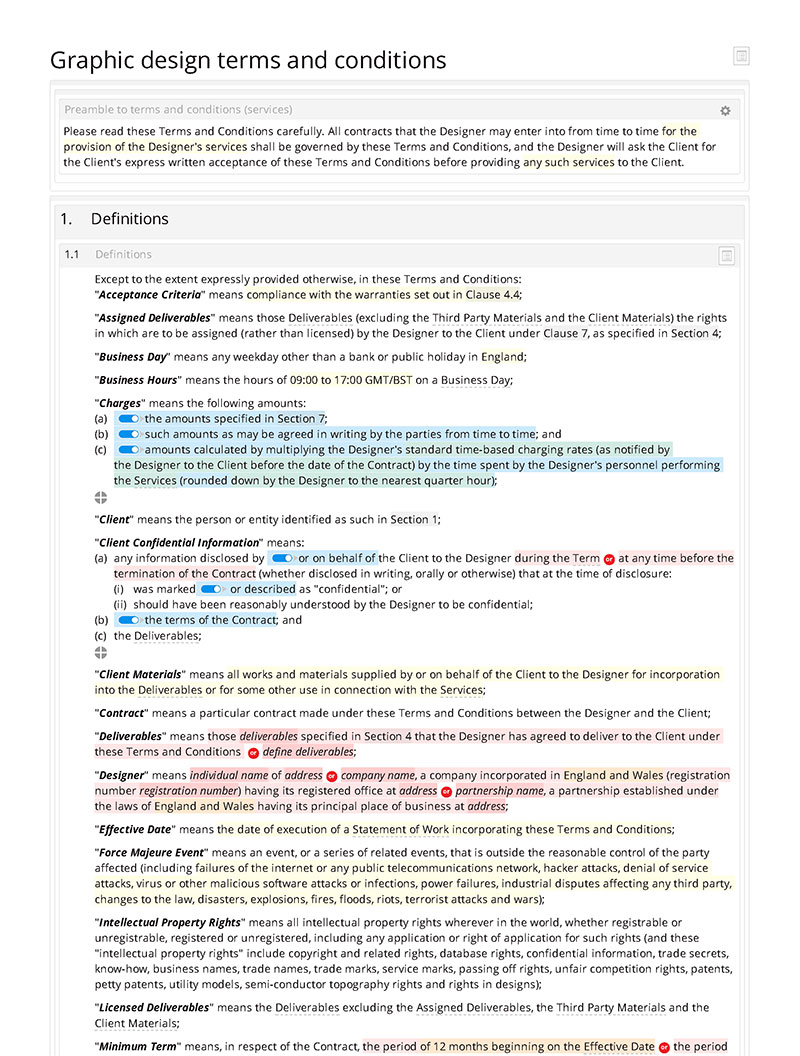
As designers, all the work we create is exclusive to our intellectual property, which means we have every right to it. That is why it will depend exclusively on us whether or not we transfer this property.
The professional association for design (AIGA) suggests four types of licenses:
- Full assignment: in this, you give up all rights to the work, so that the client can modify it.
- Exclusive, but without freedom of modification: as the name suggests, in this case, the work is delivered for the exclusive use of the client, but it cannot make any changes.
- Limited use: this type of transfer is granted when you are going to charge additional fees so that the client can make use of your work for secondary purposes.
- Personal use: finally, you can keep part of the rights of your work to use it for non-commercial and merely advertising purposes. Although in this case it may happen that the client does not allow it.
Optional sections that you can include in your graphic design contract
If you want to create a more complete document, you can add some additional data such as:
- Work credits
- Confidentiality clause
- Extra intellectual property protections
- Types of additional work
Additional tips
Keep the wording simple
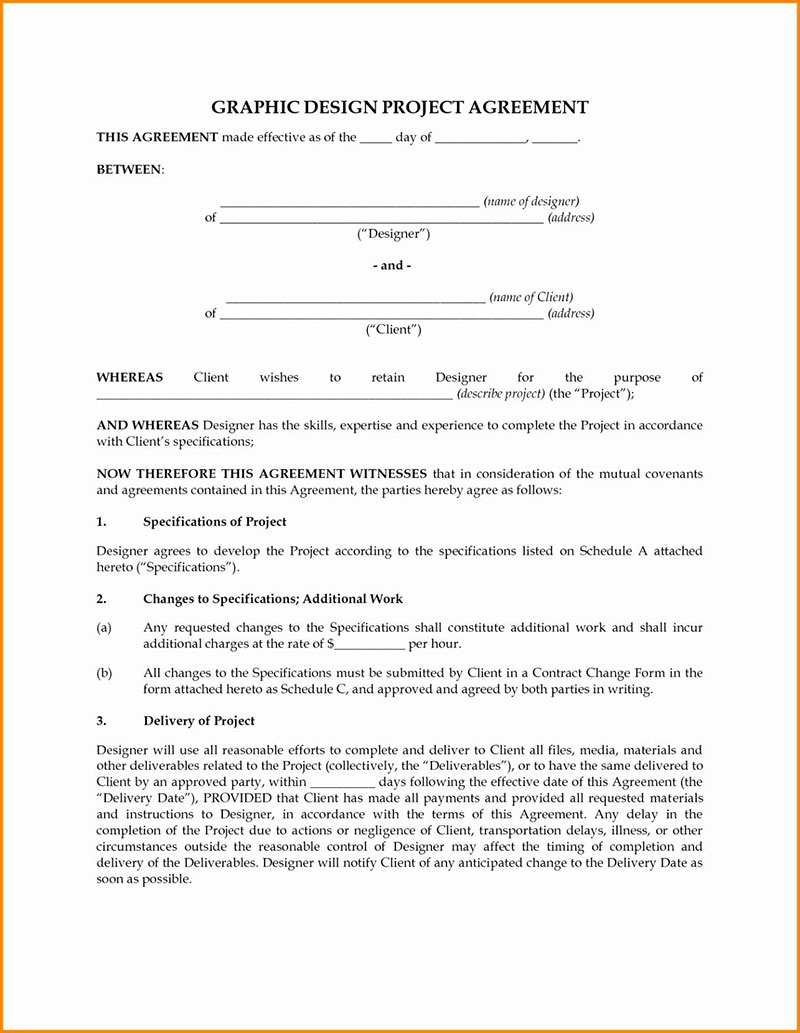
We are not lawyers, and it is likely that our client either, so all legal jargon is unnecessary if we want to make an understandable contract. Avoid confusion between you and your client by clearly describing the details of the contract.
Remember that wording also plays an important role, so you should avoid writing huge paragraphs.
Determine a maximum scope for the project
The client cannot add unlimited modifications to the project or your work would be worthless. You must specify the extent to which you will make changes. Anything outside this scope must be charged additionally.
Work through small goals

One way to work in the industry, especially as a freelancer, is if you create small goals or “milestones” that you will gradually complete.
Make customer collaboration clear
The client must be constantly present when making a design. You must hear your client’s opinion to make corrections on time. It is good to leave specified within the graphic design contract with whom you will communicate to discuss the project so that you always exchange ideas with a single person.
Sample contract templates to use
If you do not have enough time to think about a freelance graphic design contract from scratch, you can always use the multiple templates found on the internet to advance part of the work.
The following is a list with some examples that may be useful for creating your own contract, but remember that each job has different aspects.
Basic Freelance Contract Template – For all purposes
This template will work for any type of freelance work you want to address since it has an elegant and professional appearance.
Simple Freelance Graphic Design Contract Template – Adapted to the present
This template is specially created for graphic design projects. Within it, you can find some clauses to use, as well as several recommendations for writing.
Design Contract Template – Friendly Design
This contract alternative has a more pleasant format with light colors and texts written in a simple way.
WORK FOR HIRE – A page to make everything clear
This contract template will make transferring the copyright of your work an easy task. If you are constantly working for creative companies, this is the contract you need.
Graphic Design Contract Style 2 – The conventional contract
This conventional design offers us the possibility of collecting all the data that we require from the client, as well as offering different packages and services.
Graphic design contract: logo or other artwork – Specific works
This contract offers spaces to place schedules, payments, and even the copyright that you are willing to assign. You can add any type of service within the template
Graphic Design Contract Template – Professional Quality
We conclude these examples with a somewhat more complex contract, which practically emulates what a lawyer would write.
If you enjoyed reading this article about graphic design contract tips and examples, you should read these as well:
- Is graphic design a good major? The pros and cons
- Graphic Designer Websites: Portfolios and Resources
- 7 Tips How to Start Education as a Graphic Designer
The post Graphic design contract tips and templates to use appeared first on Design your way.
Source: https://ift.tt/2PGVl6N
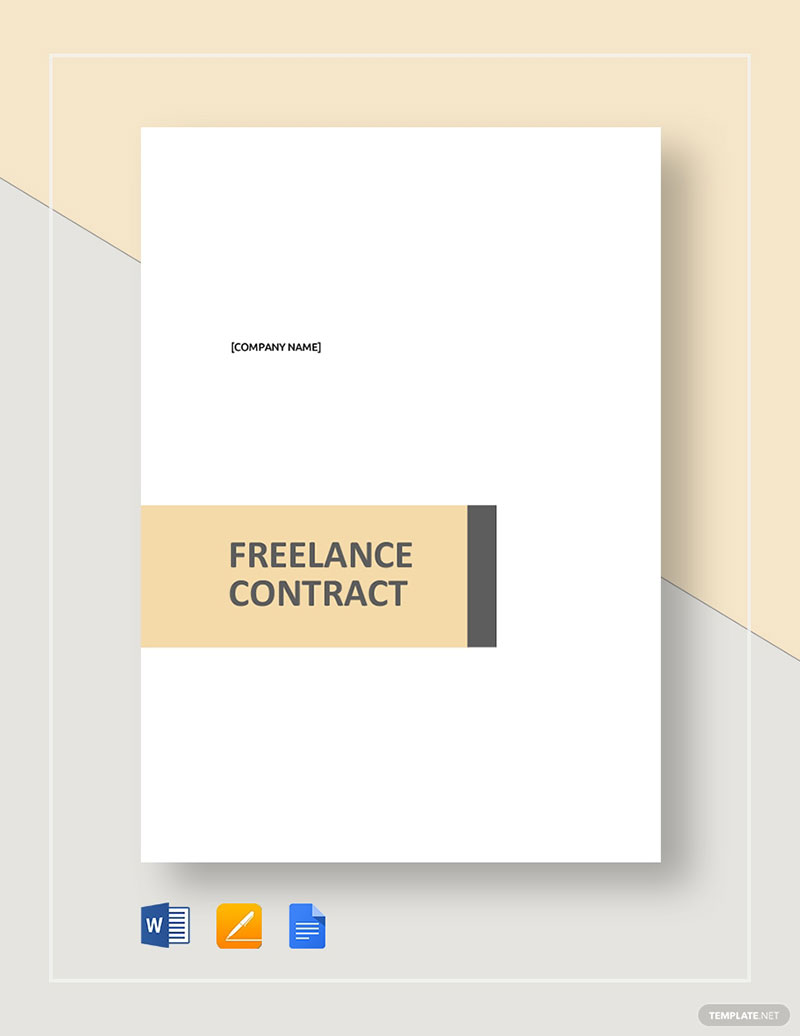
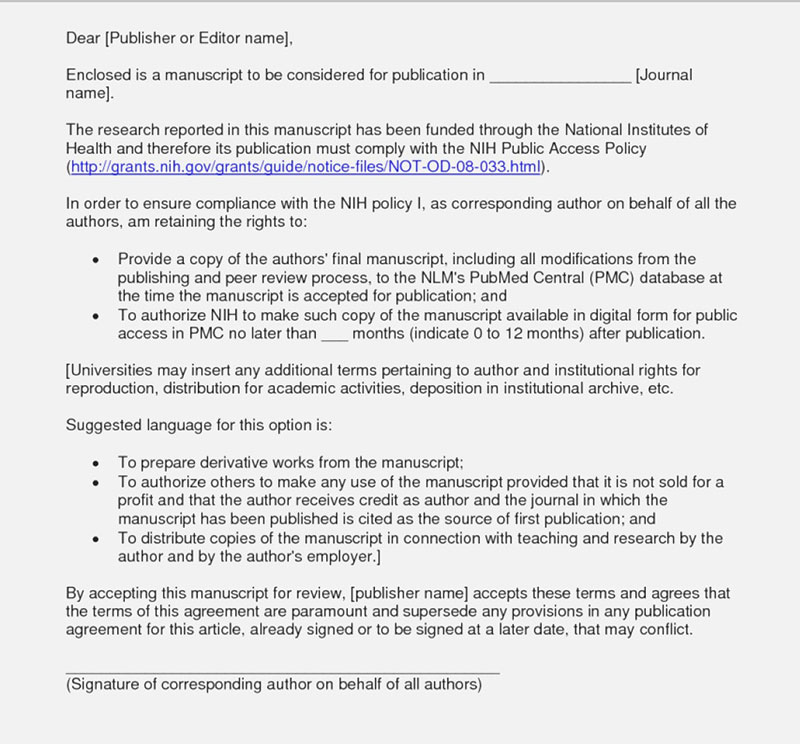
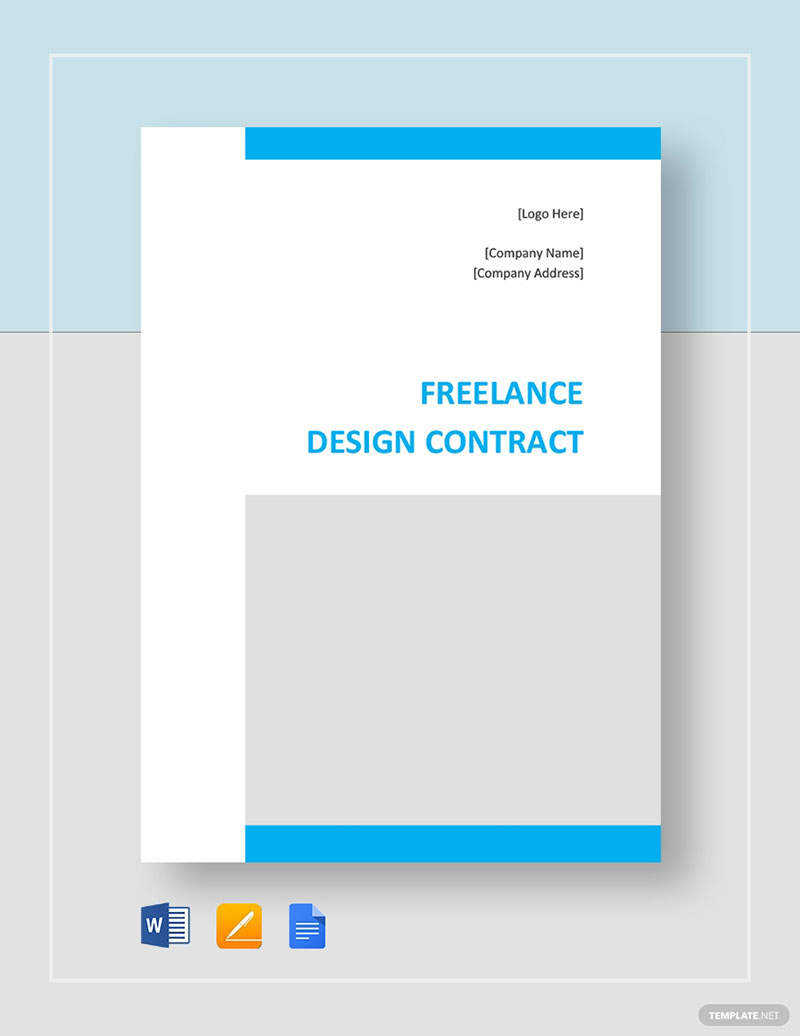
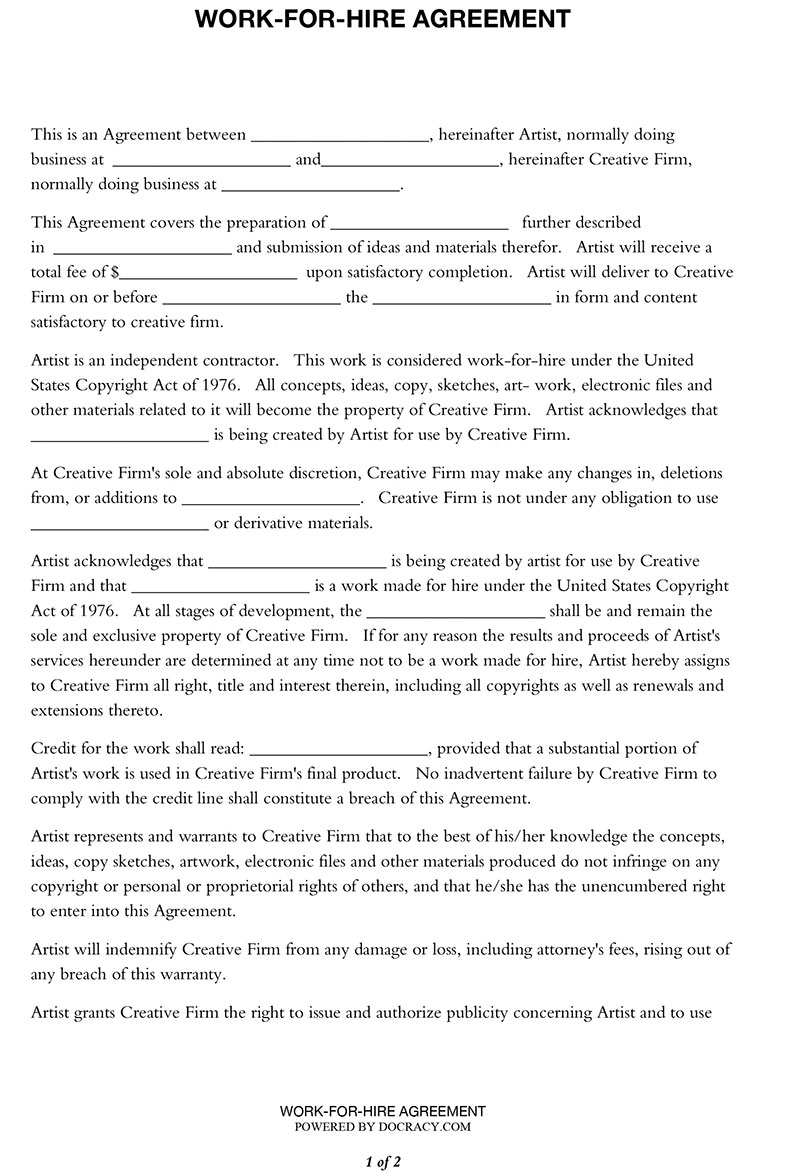
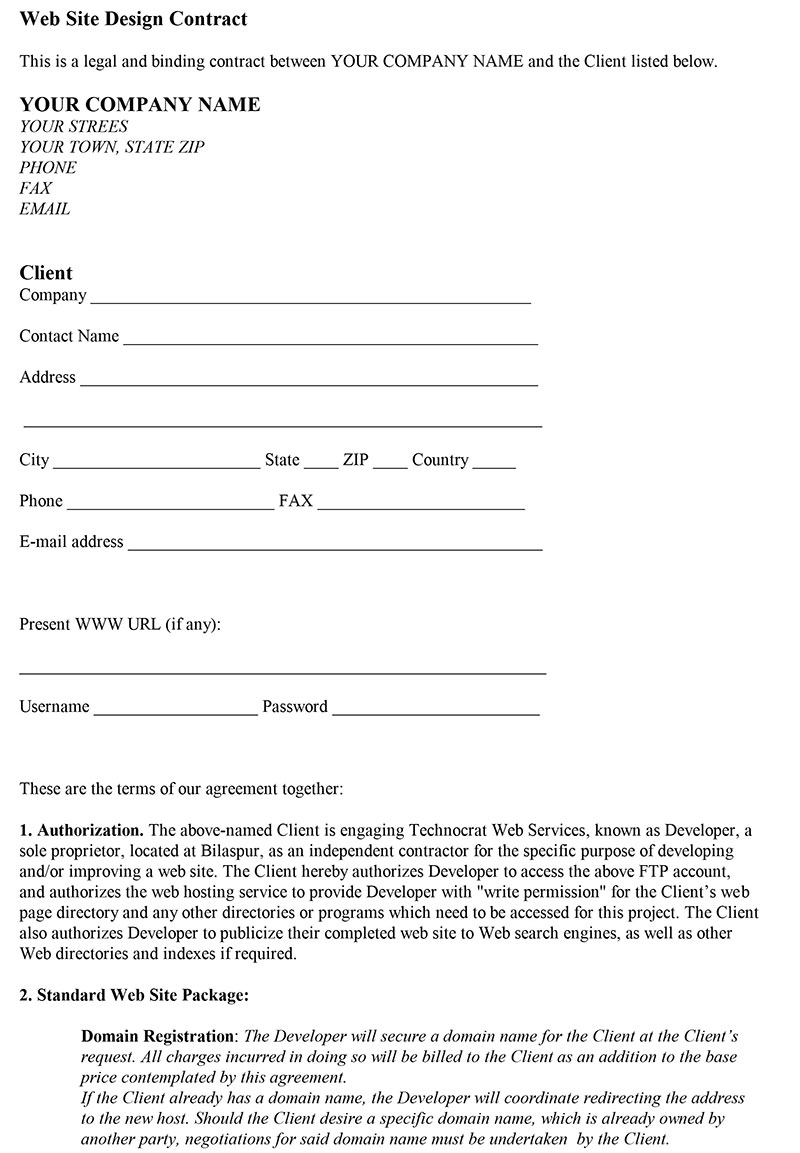
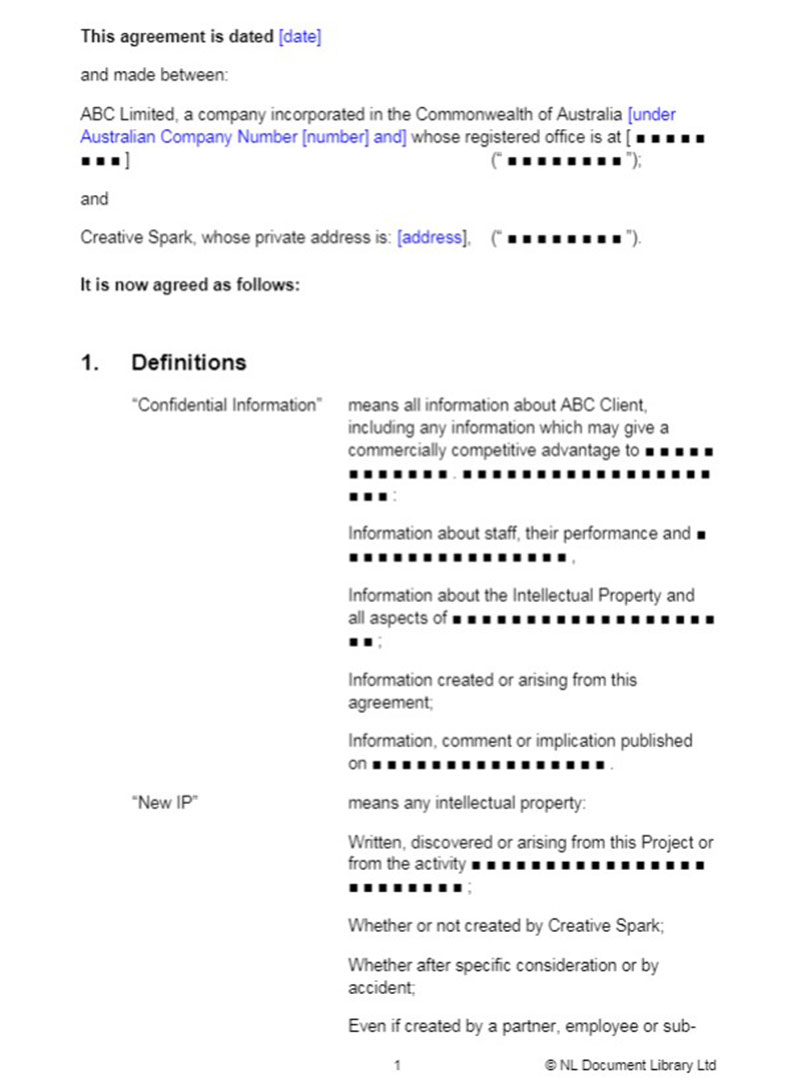
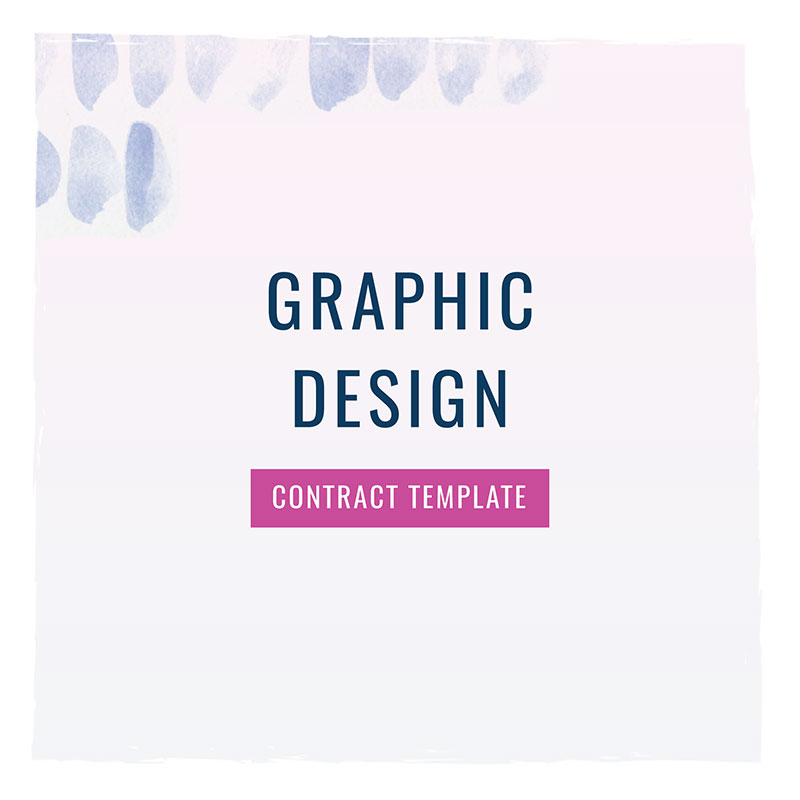

No comments:
Post a Comment